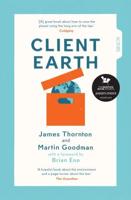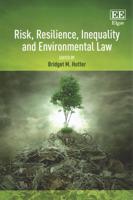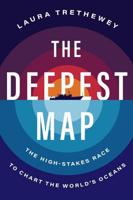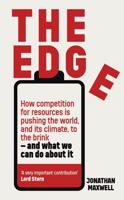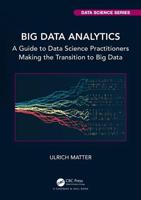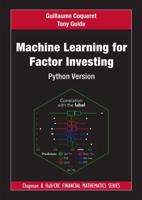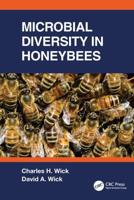Publisher's Synopsis
INTRODUCTION
Maize (Zea mays), also known as corn, is one of the world's leading cereal grains along with rice and wheat. It is predominantly a cross-pollinating species, a feature that has contributed to its broad morphological variability and geographical adaptability. It is an annual, herbaceous, monoecious, and protandrous plant (Dhillon, 1998). Together with rice and wheat, maize provides at least 30% of the food calories to more than 4.5 billion people in 94 developing countries (Von Braun et al., 2010). Maize is not only an important source of human nutrients but also a basic element of animal feed and raw material for the manufacture of many industrial products. The products include corn starch, maltodextrins, corn oil, corn syrup, and products of fermentation and distillation industries. It is also being recently used as biofuel. Between now and 2050, the demand for maize in the developing world will double, and, by 2025, it will have become the crop with the greatest production globally and in the developing world (Rosegrant et al., 2008).



